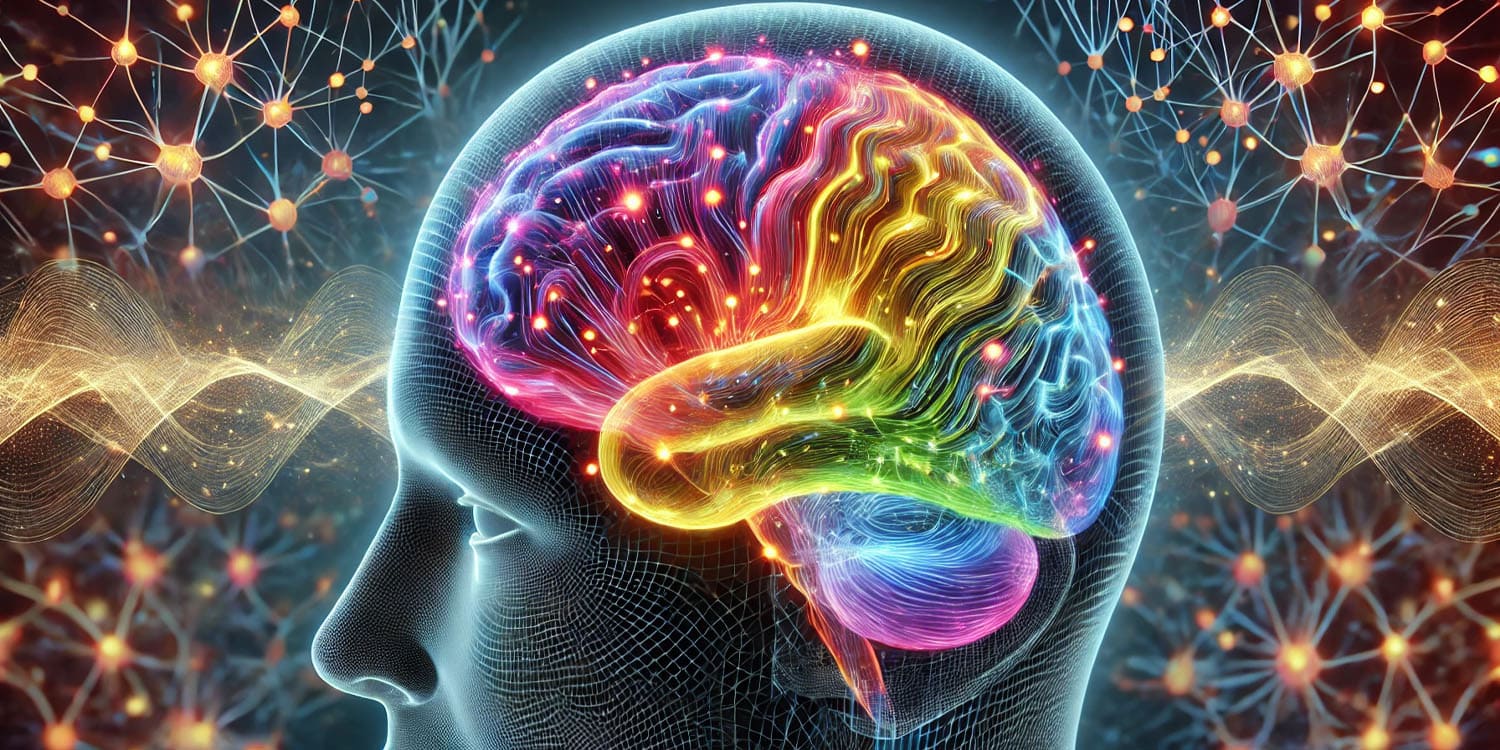A recent study published in Psychophysiology sheds light on the relationship between anxiety and brain function, specifically focusing on how anxiety impacts the cognitive control network of the brain. The findings suggest that major anxiety disorders are associated with decreased activity in certain brain regions, which could serve as neural markers for anxiety symptoms.
Anxiety, characterized by irrational fear and feelings of helplessness, affects millions of people worldwide. While mild anxiety can be beneficial by making individuals more aware of their surroundings, severe anxiety can lead to debilitating conditions known as anxiety disorders. These disorders interfere with daily functioning and are often accompanied by other mental health issues, most commonly depression.
Understanding the neural mechanisms behind anxiety disorders is crucial for developing effective treatments. Previous research has shown that anxiety can be linked to changes in brain activity, particularly in the frontal cortex, but these findings have been inconsistent. Some studies have reported decreased neural activity, while others have found increased activity or changes in functional connectivity within the brain. This study aimed to clarify these discrepancies by focusing on individuals with anxiety but without depression, to isolate the effects of anxiety on brain function.
The researchers recruited 366 participants from Huazhong University of Science and Technology in Wuhan, China, between September 2020 and May 2023. Participants were screened using the Hospital Anxiety and Depression Scale (HADS) to ensure they had normal levels of depression. They were then categorized into three groups based on their anxiety levels: healthy controls, individuals with mild anxiety, and individuals with major anxiety.
To measure brain activity, the study used a technique called functional near-infrared spectroscopy (fNIRS). This non-invasive method uses light to monitor changes in blood oxygen levels in the brain, providing an indirect measure of neural activity. Participants performed a verbal fluency task (VFT), which involves generating words based on given prompts and is known to activate the brain regions involved in cognitive control.
The study found significant differences in brain activity between the groups. Specifically, there was a negative correlation between anxiety severity and activation in the right dorsolateral prefrontal cortex (rDLPFC) and the left frontal eye fields (lFEF). In other words, individuals with higher anxiety levels showed lower activity in these regions during the VFT.
Participants with major anxiety showed significantly lower activation in the rDLPFC compared to healthy controls. The mean oxyhemoglobin (oxy-Hb) concentration, which indicates brain activity, was 0.047 in the major anxiety group compared to 0.896 in the control group. Similar results were found in the lFEF, with the major anxiety group showing a mean oxy-Hb concentration of -1.255 compared to 0.601 in the control group.
The findings suggest that decreased activity in these brain regions could be a neural marker for major anxiety disorders. The cognitive control network, including the rDLPFC and lFEF, is essential for regulating thoughts and emotions. Impaired function in this network could contribute to symptoms of anxiety, such as an inability to control unrealistic worries. These results align with previous studies that have linked anxiety to cognitive control impairments but provide more precise evidence by isolating anxiety from depression.
This study’s findings highlight the importance of targeting specific brain regions in treatments for anxiety disorders. By understanding the neural mechanisms underlying anxiety, researchers can develop more effective interventions. Future research should include more comprehensive measures of anxiety and depression, such as the Hamilton Depression Scale or the Beck Depression Inventory, to validate these findings.
An important limitation to note is the focus on the frontal and temporal cortices, as the fNIRS technique used in this study does not measure activity in deeper brain regions like the amygdala, which is also known to be involved in anxiety. Future studies should aim to include these areas to provide a more complete picture of the neural mechanisms underlying anxiety disorders.
The study, titled “Anxiety Symptoms Without Depression Are Associated With Cognitive Control Network (CNN) Dysfunction: An fNIRS Study,” was authored by Qinqin Zhao, Zheng Wang, Caihong Yang, Han Chen, Yan Zhang, Irum Zeb, Pu Wang, Huifen Wu, Qiang Xiao, Fang Xu, Yueran Bian, Nian Xiang, and Min Qiu.

Rachel Carter is a health and wellness expert dedicated to helping readers lead healthier lives. With a background in nutrition, she offers evidence-based advice on fitness, nutrition, and mental well-being.







